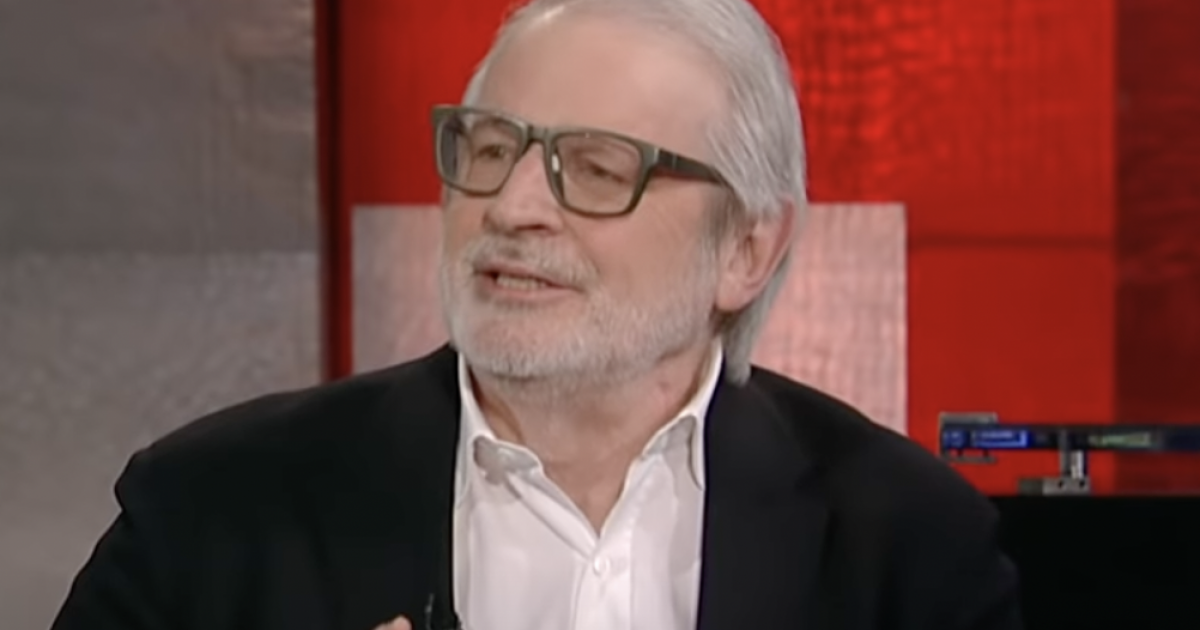
Former Michigan Congressman and Director of the Office of Management and Budget for Ronald Reagan David Stockman dropped some uncomfortable truths about the American economy in a post titled “David Stockman on Why Money Printing Doesn’t Generate Economic Growth” for Doug Casey’s International Man.
Stockman correctly starts off by highlighting one Big Lie concerning the American economy: “The claim that market capitalism gravitates toward cyclical instability, recession and chronic shortfall from its potential Full Employment path.”
Under this faulty assumption, there’s an alleged obligation for the Federal Reserve to continuously provide stimulus. Due to the perceived flaws of free markets, the Fed must step in to stabilize the situation. Inherent in these assumptions is the belief that free markets must be subjugated to technocratic edicts because too much free activity is harmful for the economy at large.
Stockman observed that productivity growth is a strong indicator of economic health, of which the US has been lagging in recent decades. However, as productivity growth has dropped the Fed’s “stimulative” activity has substantially increased. The former Reagan administration Director of the Office of Management and Budget highlighted how the 2008 financial crisis became the major catalyst for the Fed’s activist efforts, which has seen its balance sheet swell from “$0.9 trillion to $7.9 trillion during the 13 years after the pre-crisis peak.”
Stockman outlined how nonfarm labor productivity has declined in the last 70 years:
Nonfarm Labor Productivity Growth per Annum decreased with each stage:
-
Gold-anchored dollar era, 1947–1970: 71% per annum;
-
Initial fiat dollar era, 1970–2007: 03% per annum;
-
Unhinged fiat dollar era, 2007–2019:37% per annum;
In this same 70-year period, the Fed balance sheet has grown significantly while productivity has slipped. Stockman outlined some of the shocking numbers:
- Gold anchored dollar era, 1947–1970: 6.6% GDP growth, 2.4% Fed balance sheet growth = 36% Stimulus Ratio;
- Initial fiat dollar era, 1970–2007: 7.3% GDP growth, 6.7% Fed balance sheet growth = 92% Stimulus Ratio;
- Unhinged fiat dollar era, 2007–2019: 3.1% GDP growth, 12.3% Fed balance sheet growth = 400% Stimulus Ratio
Curiously, the 2020 data is not included in Stockman’s rundown of Fed activity. The Wuhan virus has completely thrown things out of whack with governments and central banks undertaking incredibly interventionist measures to keep economies afloat following government-sponsored lockdowns.
The Fed’s balance sheet skyrocketed by $3 trillion even GDP tanked, a lurid scene that Stockman painted below:
- Unhinged fiat dollar era, 2007–2020: 2.9% GDP growth, 17.1% Fed balance sheet growth = 590% Stimulus Ratio.
Ultimately, big government spending and expansions in the money supply do not grow an economy. If the US is serious about boosting its productivity in a sustainable manner, it will need to fully roll back its administrative state so as to give businesses of all sizes more breathing room while also moving towards a system of sound money.
Ultimately, the US will need to roll back federal involvement on all economic fronts. However, such a scenario requires a new ruling class that has the foresight to acknowledge America’s structural economic flaws.



